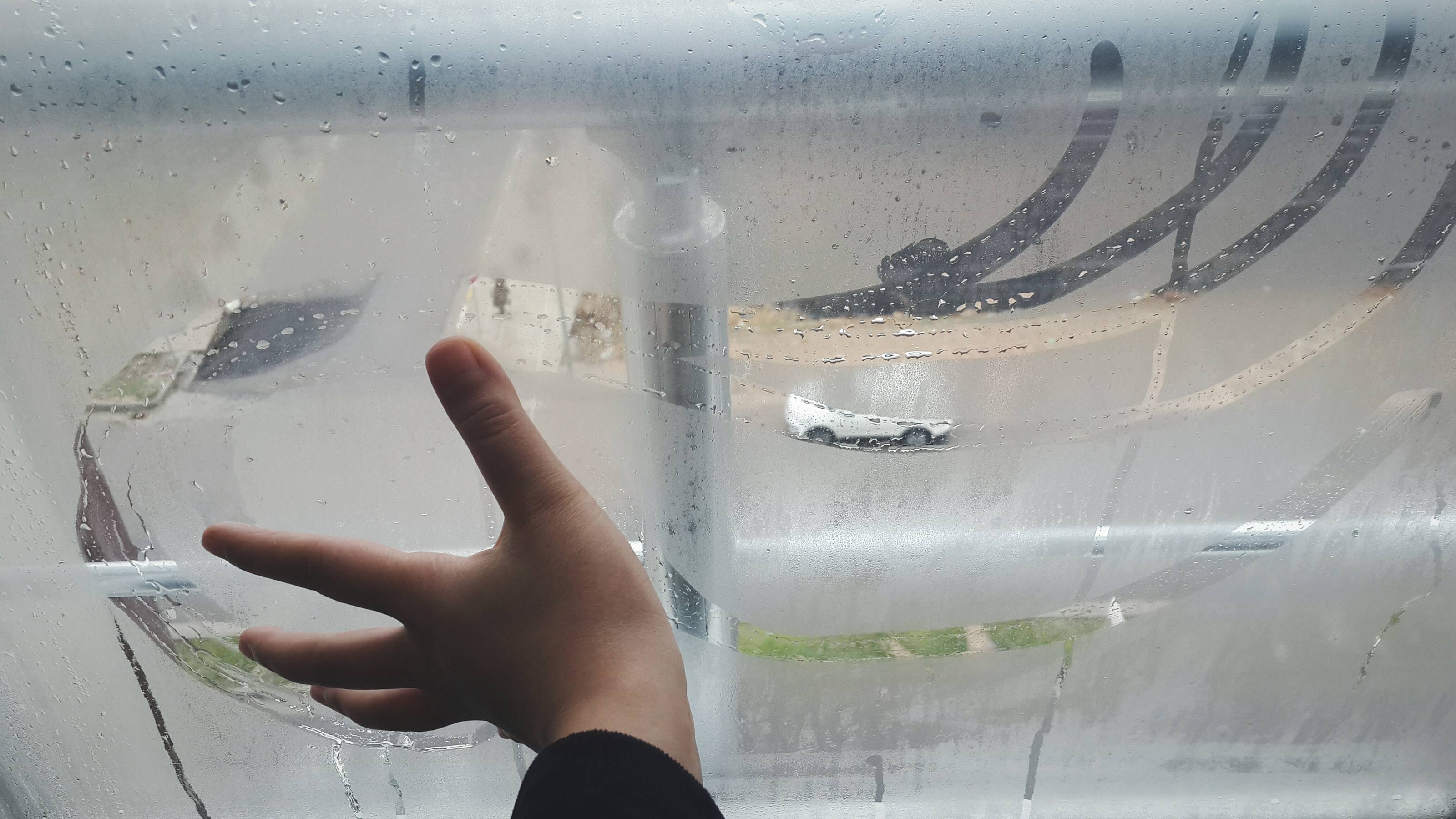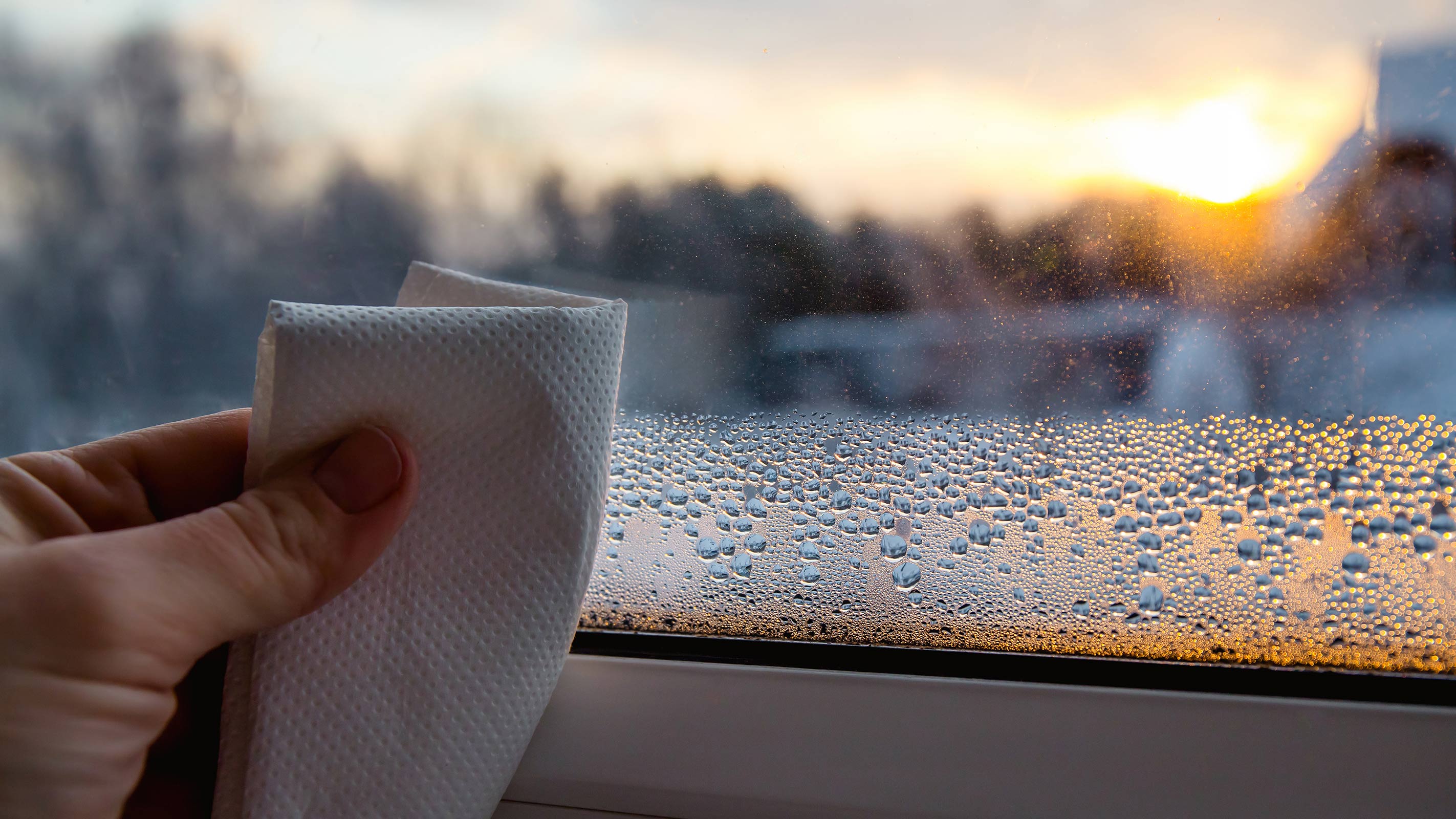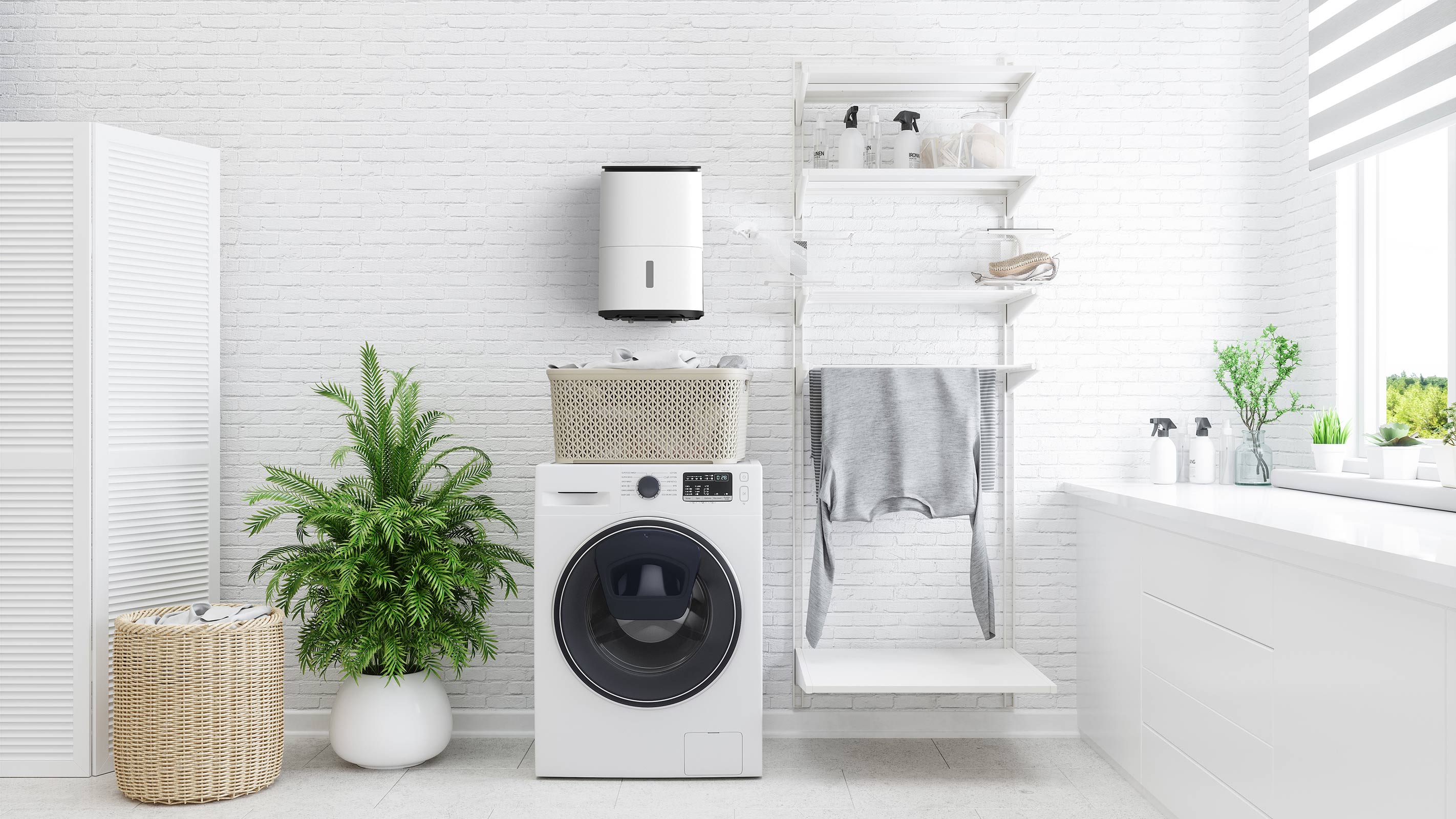What is normal humidity in a house and how is it achieved?
What is normal humidity in a house and how can you get it in your home? We asked the experts

While you might not have thought to pop ‘what is normal humidity in a house?’ down on your list of top conversation starters, it is actually a question well worth knowing the answer to if you want to avoid all kinds of problems cropping up in your home.
Both damp and mould can be caused by out-of-kilter humidity levels and if you are wondering how to stop condensation, you should definitely be looking at this as a culprit.
We have grilled the experts on the subject to discover not only what the optimal humidity levels in your house should be, but also how you can achieve them.
Why is it important to achieve ideal humidity?
You might not realise it, but the humidity levels in your house can actually cause all kinds of unwelcome issues, such as window condensation and damp.
“Excess humidity in your home not only disturbs your environment (with mould spores or by creating musty smells), but it can also damage your furniture, decorations or the structure of your home,” says Chris Michael, Managing Director of dehumidifier specialists Meaco. “Excess humidity causes mould and condensation, which can be found on windows or areas where water evaporates frequently.”
But as well as problems that can damage your home, too much humidity can also bring on or exacerbate all kinds of health issues too.
“Health problems can arise from high humidity, for instance mould spores and dust mites that develop in these conditions can worsen symptoms of allergies and can cause coughing, itchy eyes or other respiratory problems,” warns Chris Michael.”

What should humidity be in a house?
To prevent any of these worrying problems from occurring, householders need to ensure the humidity levels in their homes remain at a safe level. Humidity levels can be measured as ‘Relative Humidity’ — or 'rh'.
“The average humidity inside UK homes should be around the 50-55%rh range and be slightly lower in winter months,” says Chris Michael. “Maintaining a humidity target of 40% in the winter will keep condensation from forming on your windows.”
You might be surprised to learn that higher than average humidity levels in a house could also be causing your heating bills to rise.
“Moist air takes much more energy to heat than dry air, so it’s worth aiming for a humidity of approximately 40-60% inside the property," says architect Paul Testa of HEM Architects.
What are the signs of high humidity in a house?
If you haven’t previously given much thought to the humidity levels in your house but are experiencing any of the following, it may well be time to start taking notice of them:
- Condensation
- Damp
- Mould in bathrooms and elsewhere around the house
- Cold air
What are the signs of low humidity in a house?
“Like excess moisture, too dry an environment can cause problems to health and home too,” warns Chris Michael.
Chris says to be looking out for the following tell-tale signs of low humidity in a room or house:
- Blocked noses and sore throats: “Persistent sneezing and coughing isn’t necessarily an indication that you’re coming down with a cold but could be a sign of low indoor humidity,” says Chris. “Remember, your pets are also susceptible to the negative effects of cold dry air and may also fall victim to the odd cough or sneeze.”
- Dry, itchy skin: Common in winter anyway, but they could also point to signs of low humidity.
- Cracks appearing in wooden floors and furniture: “Creaking floorboards or cracks in wooden furniture are not signs that the house is getting old and needs refurbishing,” says Chris Michael. “The lack of moisture causes the wood to contract, resulting in warped flooring or cracks in furniture.”
- Static electricity: Flyaway hair and frequent static shocks? This could be an indication that the room needs moisture.
- Out of tune wooden instruments: “If you’ve been practising for hours on your piano or guitar and the sound is slightly out of tune – you’re not necessarily to blame,” says Chris. “Wooden instruments need to be stored in a place with well-balanced humidity levels to prevent warping and splitting.”
How do you measure humidity in a house?
It is all well and good knowing what the humidity in a room or in your house should be, but do you know how to actually measure it? There is one piece of equipment that can help here.
“Indoor humidity can be measured by using a piece of equipment called a hygrometer, which is a handheld device that can be purchased online or from a DIY store,” advises Chris Michael.
Sounds simple, but not all hygrometers are created equal.
“Lots of customers come to us having ‘measured’ the humidity in their home using a cheap hygrometer they have bought. Unfortunately, the majority of the time these are very inaccurate.," says Chris. "To measure the humidity in the room accurately an expensive hygrometer will be the only thing that does the job — other than the built-in hygrometers inside a dehumidifier.”
So, before pulling out the credit card to get your hands on a hygrometer, consider investing in a dehumidifier instead. Not only can they measure the humidity in a room, but they can also solve issues such as condensation caused by the problem. This 25L dehumifier by ElectriQ has an inbuilt hygrometer to measure the air humidity and is available on Appliances Direct. A slightly cheaper model is the Honeywell 24L dehumifier with inbuilt hydrometer that is available on Airconcente.co.uk.
“A dehumidifier is the best and most economical way to monitor and resolve damp related issues in the home,” confirms Chris.
“Dehumidifiers have a small electronic sensor, called a humidistat, located behind the filter where the air comes into the dehumidifier from the room,” continues Chris. “This is the most sensible place for it to sample the air. The humidistat does more than accurately measure the relative humidity — it regulates the humidity by sensing when the dehumidifier should run.”

Are dehumidifiers an expensive way to measure humidity?
When considering purchasing a dehumidifier to measure humidity, reduce condensation and prevent mould and damp, there are several factors to consider — including the damage they could prevent.
The newest dehumidifiers have been designed to work as efficiently as possible to reduce the amount of energy they use.
“Quite deliberately, dehumidifiers do not try to be any more accurate than +/-5%rh because they do not want to be turning themselves on and off too frequently if the relative humidity is hovering around the target relative humidity,” explains Chris Michael. “Avoiding this sort of on/off/on/off control makes the dehumidifier last longer. As long as the filter is kept clean, then the dehumidifier will give you a reliable room reading.
“When the humidistat detects the moisture level is above the desired level, the dehumidifier will switch on and work hard to reduce it until it meets the target,” continues Chris. “Once reached, it will turn itself off and only come on again if it detects an increase. This energy saving feature is one of the main reasons why dehumidifiers are proving to be so popular during the cost of living crisis to lower energy bills.”
Dehumidifier running costs really vary depending on the model's power rating and how much you pay for electricity per kWh. As of October 2022, following the energy price guarantee, the national average price of electricity is 34p/kWh.
Dehumidifiers are rated in Watts (W) that indicate the amount of power they use — the higher the power, the more energy a dehumidifier uses.
So, a model such as the Dry Arete® One 10L Dehumidifier/Air Purifier from Meaco has a power consumption of 151 watts at 20°C and 60% relative humidity. Using the calculation 0.151kWh x 34p, you can work out that it would cost 5p per hour to run.
How can you lower humidity without a dehumidifier?
Wondering how to reduce humidity in a house without a dehumidifier? While this is the best solution, there are other methods to try instead of or alongside it, including:
- Implementing some natural ventilation methods (such as fitting trickle vents)
- Drying your clothes outside where possible
- Opening windows frequently
- Fitting extractor fans in the kitchen and bathrooms
- Lowering the temperature when showering
- Using a fan to increase air circulation
- In bathing spaces, investing in bathroom plants that absorb moisture

Get the Homebuilding & Renovating Newsletter
Bring your dream home to life with expert advice, how to guides and design inspiration. Sign up for our newsletter and get two free tickets to a Homebuilding & Renovating Show near you.
Natasha was Homebuilding & Renovating’s Associate Content Editor and was a member of the Homebuilding team for over two decades. In her role on Homebuilding & Renovating she imparted her knowledge on a wide range of renovation topics, from window condensation to renovating bathrooms, to removing walls and adding an extension. She continues to write for Homebuilding on these topics, and more. An experienced journalist and renovation expert, she also writes for a number of other homes titles, including Homes & Gardens and Ideal Homes. Over the years Natasha has renovated and carried out a side extension to a Victorian terrace. She is currently living in the rural Edwardian cottage she renovated and extended on a largely DIY basis, living on site for the duration of the project.

